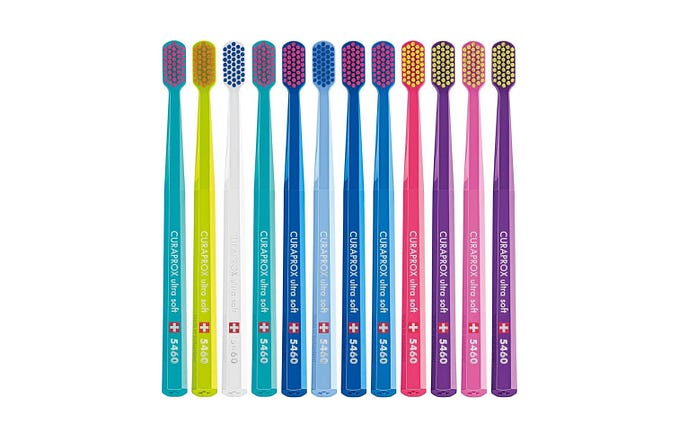Member-only story
What is Circular Design?
And why does it matter?

Environmentalists have been talking about living in harmony with nature for a long time, but the ‘how’ became tangible in 2002 when chemist Michael Braungart and architect William McDonough published Cradle to Cradle: Remaking the Way We Make Things. The book is a timeless manifesto and a roadmap for society to shift to a circular economy that doesn’t degrade the environment and is still able to thrive. The focal point of the manifesto is design.
In his widely viewed TED Talk, William McDonough says, “Design is the first signal of human intentions.” When we design, we are saying something about how we want the world to be. Whether it is a product or a building or a system or a city, the thought that goes into the design determines how we will interact with it.
“Once you understand the destruction taking place, unless you do something to change it, even if you never intended to cause such destruction, you become involved in a strategy of tragedy. You can continue to be engaged in that strategy of tragedy, or you can design and implement a strategy of change” ― Michael Braungart, William McDonough
Cradle to Cradle design is the philosophy that William McDonough and Michael Braungart have been pioneering for decades now. Today, it can be considered synonymous with circular design. To understand the basics of circular design, simply consider the materials in a product. In a linear or cradle to grave design, a product will be made of raw materials. Then the product will serve its purpose. At the end of the life of the product, those materials will go to a landfill. In a Cradle to Cradle product, the materials used are infinitely recyclable and never reach the landfill. The energy used to make the product is renewable. The materials don’t cause cancer. And, the product is designed with regenerating nature in mind.
There is now a Cradle to Cradle certification for products, so conscious consumers can seek out products that align with their values:









